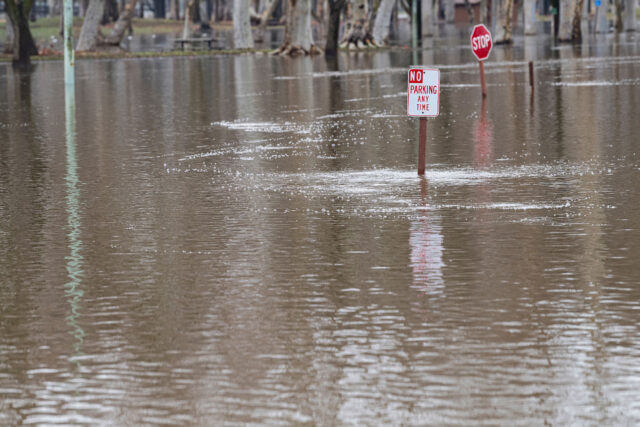Just a year ago, Texas and Oklahoma were experiencing a crippling drought. In May, record rainfall and deadly floods swept through these recently parched states, with devastating results. It was the same story in Australia in 2010: two years of record floods followed a decade-long record-breaking drought.
There’s a reminder here for California: droughts can end with a deluge.
About one in five California residents now lives in a flood-prone area. The replacement value of buildings vulnerable to floods exceeds $575 billion. Climate change could increase these risks. Yet the amount we spend on flood management is currently just a fraction of state water spending.
Now is the time to look at improving flood responses across the state, not when rivers are overflowing. If we’re serious about reducing flood damages, we will need to adopt an “all of the above” approach to managing flood risks. The palette of solutions includes reinforcing and improving structural protections such as levees and floodwalls, encouraging residents and businesses to buy flood insurance, utilizing green approaches like wetlands, and avoiding new development on the most flood-prone lands.
The first line of defense—particularly for those in the so-called 100-year flood zone, which is prone to more frequent floods—has typically been levees. Our system of levees is in great need of improvement, and funds from a 2006 state bond have boosted investments to shore up these flood defenses. Yet we still have a large funding gap. We need to increase spending to protect our most vulnerable communities, while ensuring we get the biggest bang for our bucks with these investments. For example, setting back levees to allow rivers to have more room to flood can reduce flood damages, boost habitat benefits and even increase recharge to aquifers.
While necessary in many places, structural systems are also the most costly and environmentally damaging elements of our flood-protection system. They’re also far from infallible, particularly in light of a changing climate. Flood insurance is an underutilized tool that complements structural protections, and can help people recover more quickly. Yet too few at-risk Californians carry flood insurance. State and local agencies must find new ways to promote greater adoption of insurance. One novel approach would give local or regional flood management agencies authority to buy insurance for the community. Pooling resources this way would increase coverage and cut costs. The legislature could encourage this by creating mechanisms to recover costs through assessments or fees.
Finally, one of the best defenses against flooding is land-use planning and regulation that keeps people out of harm’s way. Many communities already discourage development in the most at-risk zones, but more needs to be done. The state doubled the protection standard for urban areas in the Central Valley in 2007. The state should consider using the higher standard major urban areas elsewhere in the state, which also face significant risk.
There is only one certainty about California’s variable climate: the drought that is hitting the state today will, at some point, give way to floods. Strengthening flood management could have big pay-offs in protecting the public health and safety and the state’s economy.
Learn more: Read our policy brief about preparing for floods.

Topics
Drought Floods Water, Land & AirLearn More
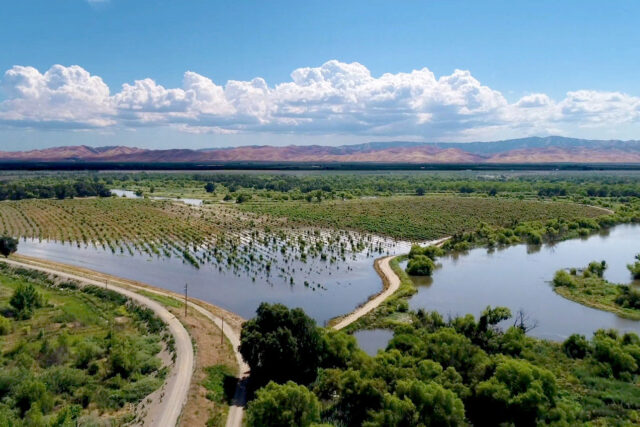
California’s Rivers Could Help Protect the State from Flood and Drought
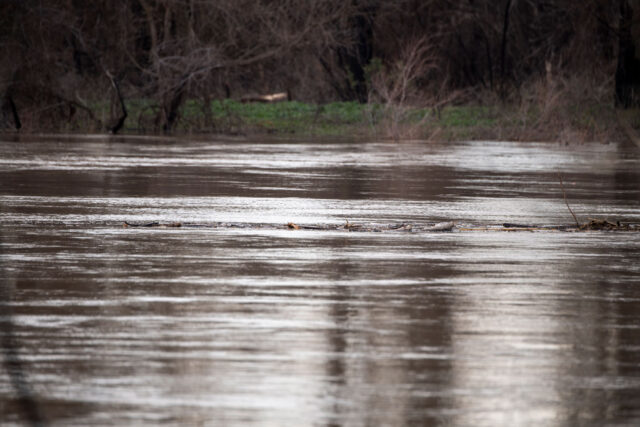
Can We Capture More Water in the Delta?
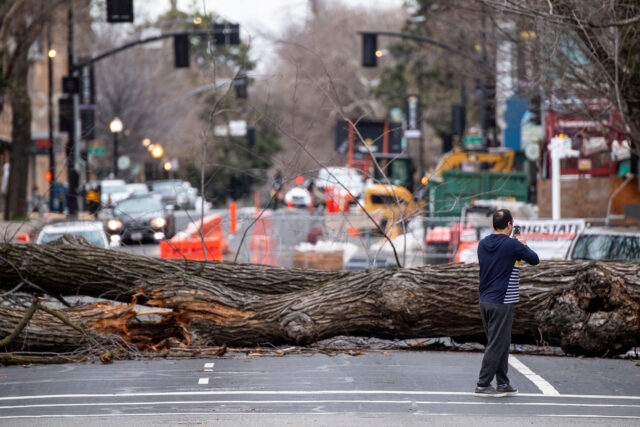
Crisis Communication Suffers During Natural Disasters
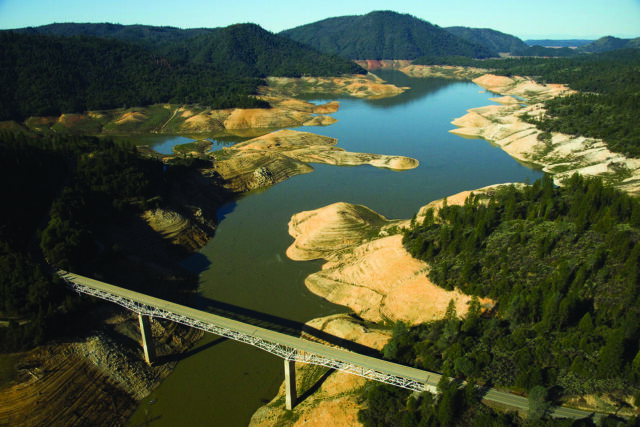
Droughts in California
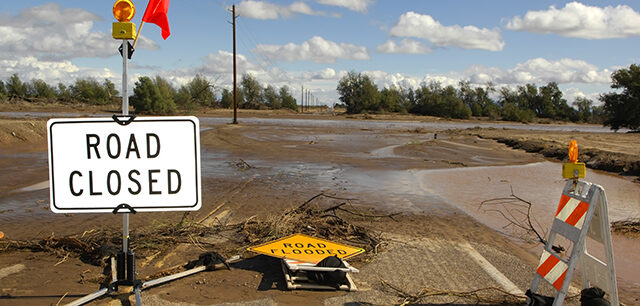
Post Title
